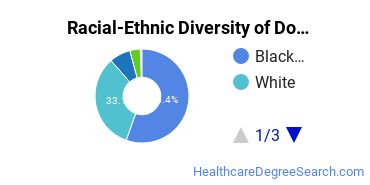Dorsey College, Saginaw Healthcare Programs
Dorsey College, Saginaw is a private for-profit institution located in Saginaw, Michigan. Saginaw is considered a suburb and offers tranquility and safety near the excitement of a city center.
Featured schools near , edit
Where Is Dorsey College, Saginaw?

Contact details for Dorsey College, Saginaw are given below.
| Contact Details | |
|---|---|
| Address: | 4390 Bay Rd, Saginaw, MI 48603 |
| Phone: | 989-249-1926 |
| Website: | www.dorsey.edu |
How Do I Get Into Dorsey College, Saginaw?
You can apply to Dorsey College, Saginaw online at: www.dorsey.edu/application-for-admission/
Can I Afford Dorsey College, Saginaw?
Student Loan Debt
Almost 66% of college students who graduated with the class of 2018 took out student loans, but that percentage varies from school to school. At Dorsey College, Saginaw, approximately 80% of students took out student loans averaging $11,239 a year. That adds up to $44,956 over four years for those students.
Dorsey College, Saginaw Undergraduate Student Diversity
Gender Diversity
Of the 146 full-time undergraduates at Dorsey College, Saginaw, 8% are male and 92% are female.

Racial-Ethnic Diversity
The racial-ethnic breakdown of Dorsey College, Saginaw students is as follows.

| Race/Ethnicity | Number of Grads |
|---|---|
| Asian | 0 |
| Black or African American | 86 |
| Hispanic or Latino | 8 |
| White | 40 |
| International Students | 0 |
| Other Races/Ethnicities | 12 |
Dorsey College, Saginaw Healthcare Concentrations
The table below shows the number of awards for each concentration.
| Major | Basic Certificate | Undergraduate Certificate | TOTAL |
|---|---|---|---|
| Licensed Practical/Vocational Nurse Training | 0 | 41 | 41 |
| Medical/Clinical Assistant | 0 | 36 | 36 |
| Massage Therapy/Therapeutic Massage | 13 | 17 | 30 |
| Medical Insurance Specialist/Medical Biller | 0 | 10 | 10 |
| Clinical/Medical Laboratory Assistant | 6 | 0 | 6 |
| TOTAL | 19 | 104 | 123 |
References
*The racial-ethnic minorities count is calculated by taking the total number of students and subtracting white students, international students, and students whose race/ethnicity was unknown. This number is then divided by the total number of students at the school to obtain the racial-ethnic minorities percentage.
More about our data sources and methodologies.
